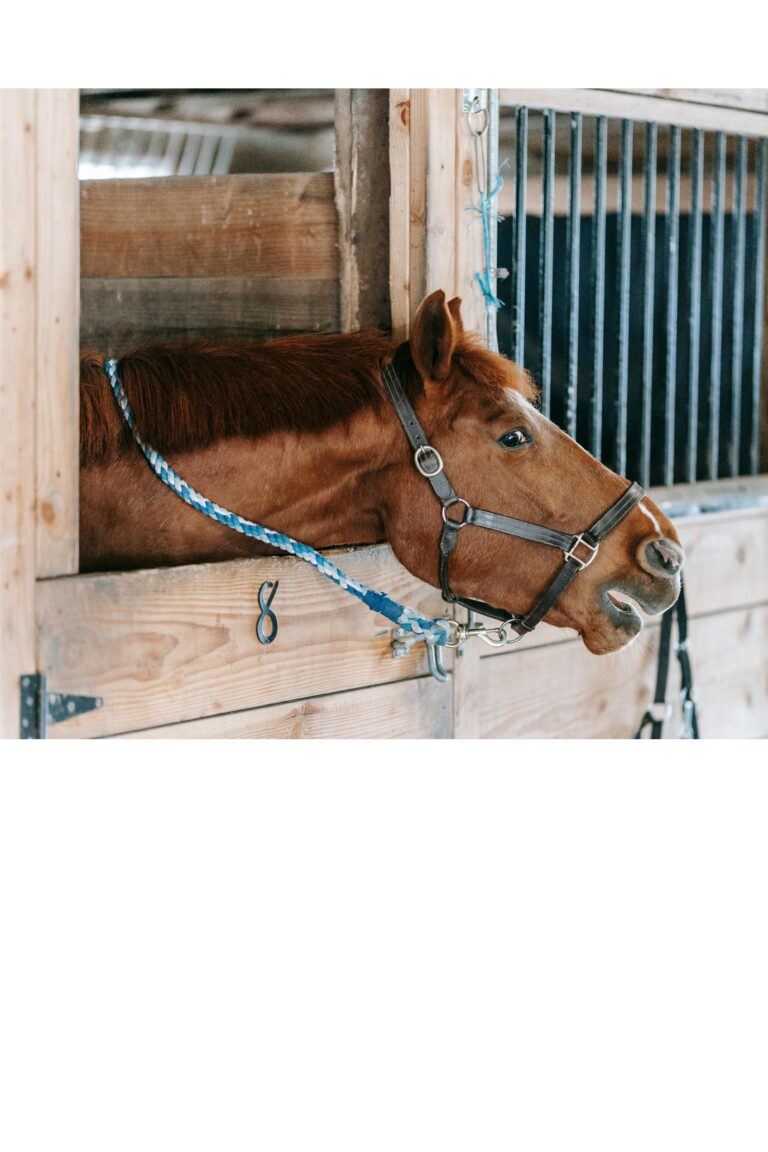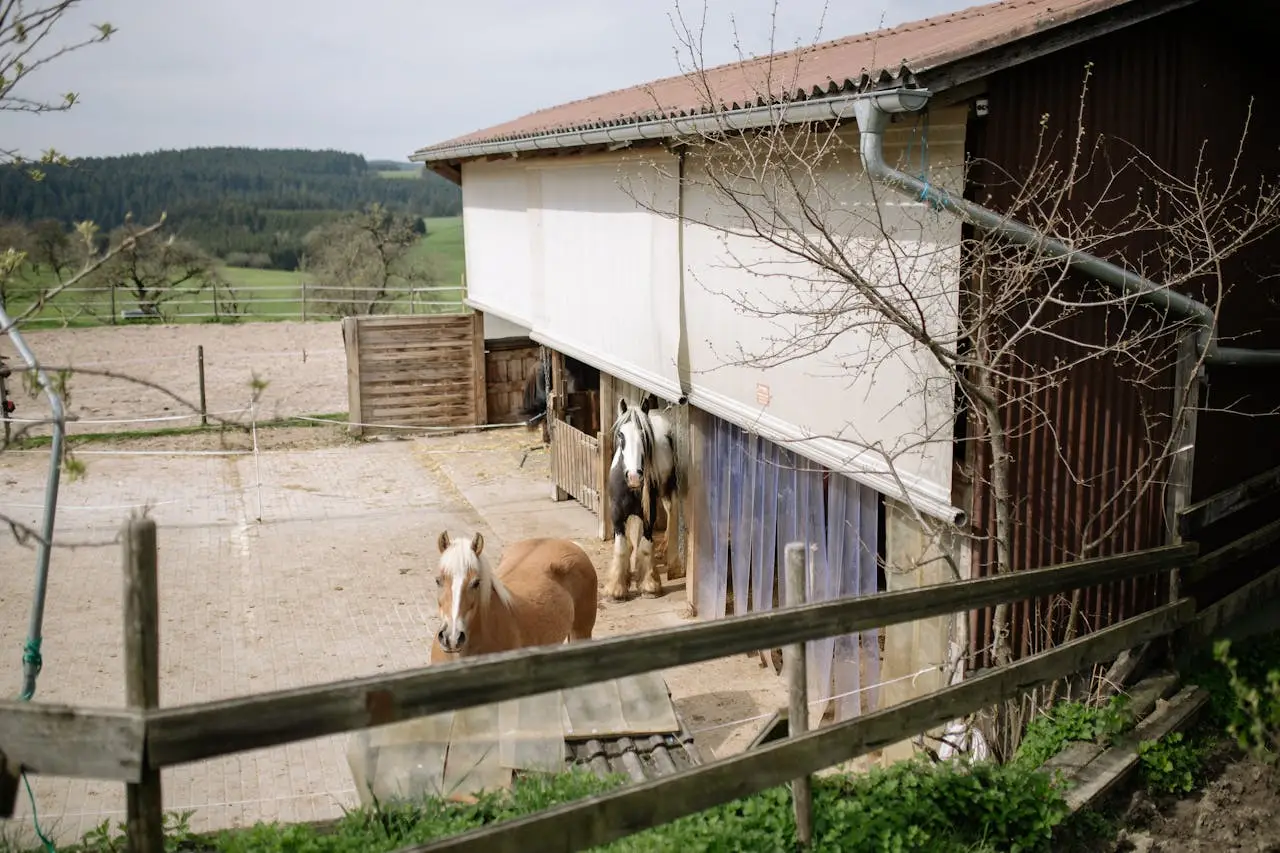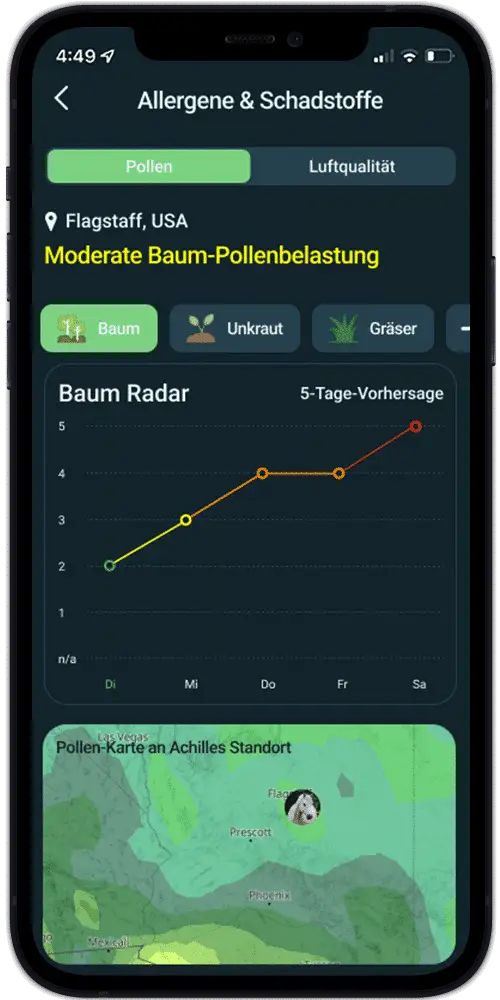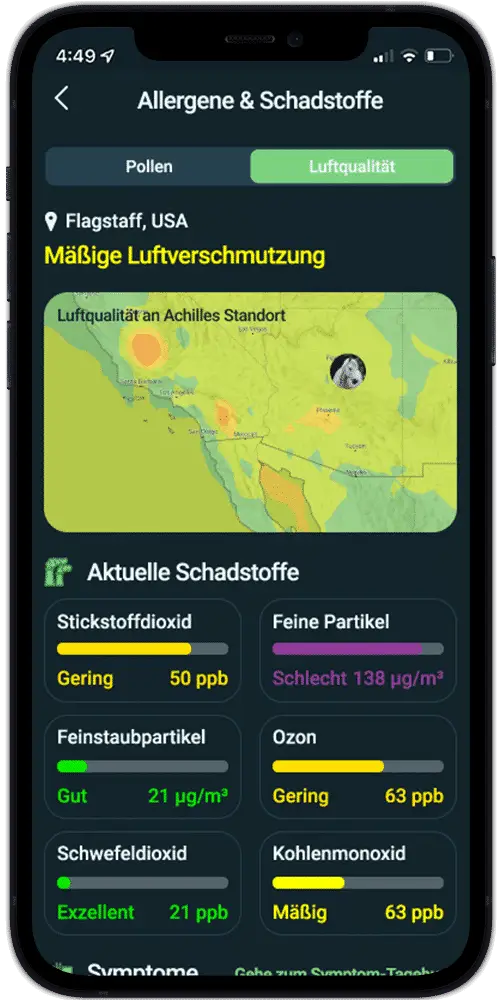
Silent Threat: Why Every Cough Matters for Your Horse
Silent Threat: Why Every Cough Matters for Your Horse A horse’s cough – quickly dismissed as “dust in the stable” or a “mild infection“. But there is often more to it than that: Equine asthma, also known as chronic obstructive







